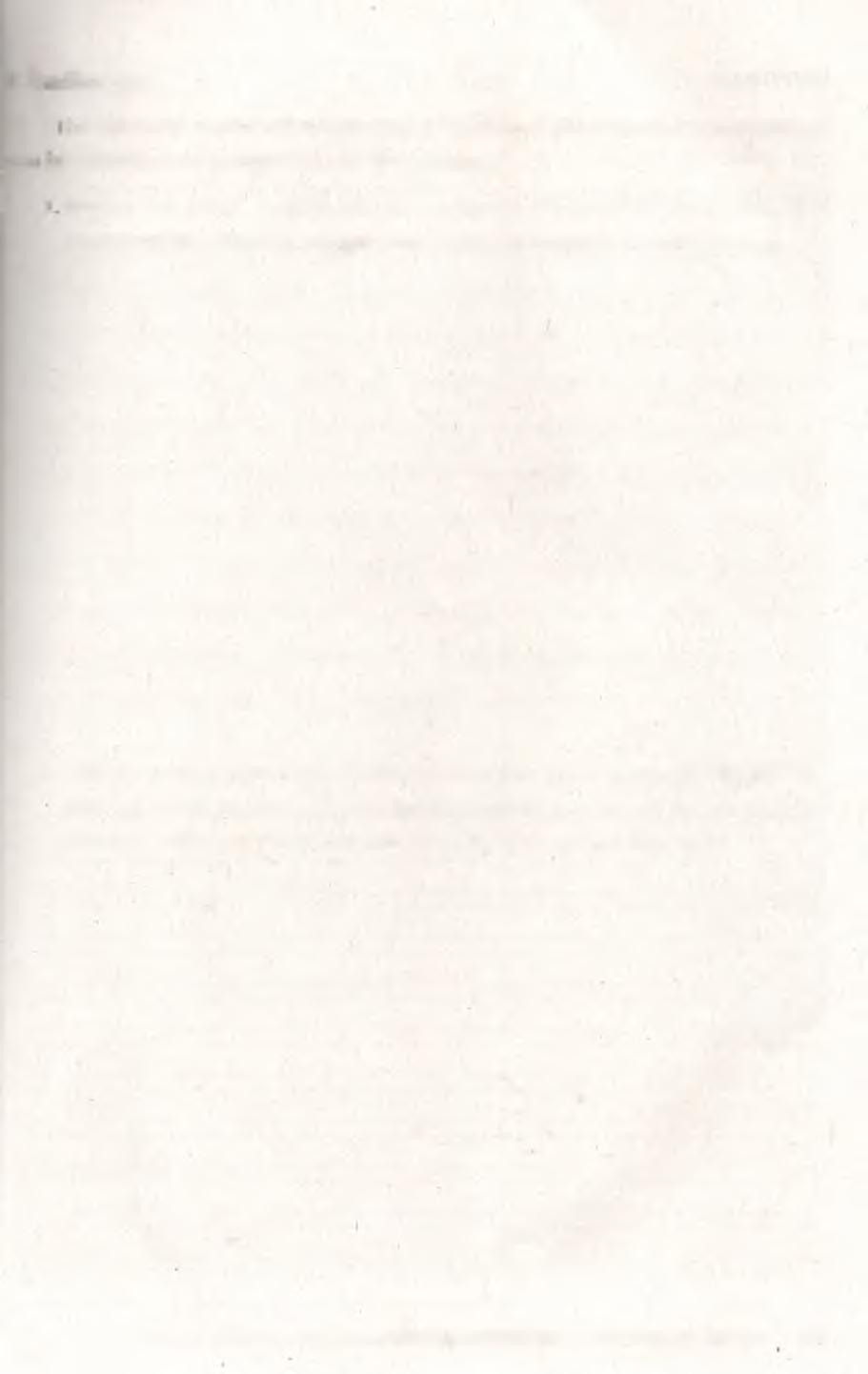
5 minute read
Lesson 8: Inductive Learning
Processing of solutions:
— I
Advertisement
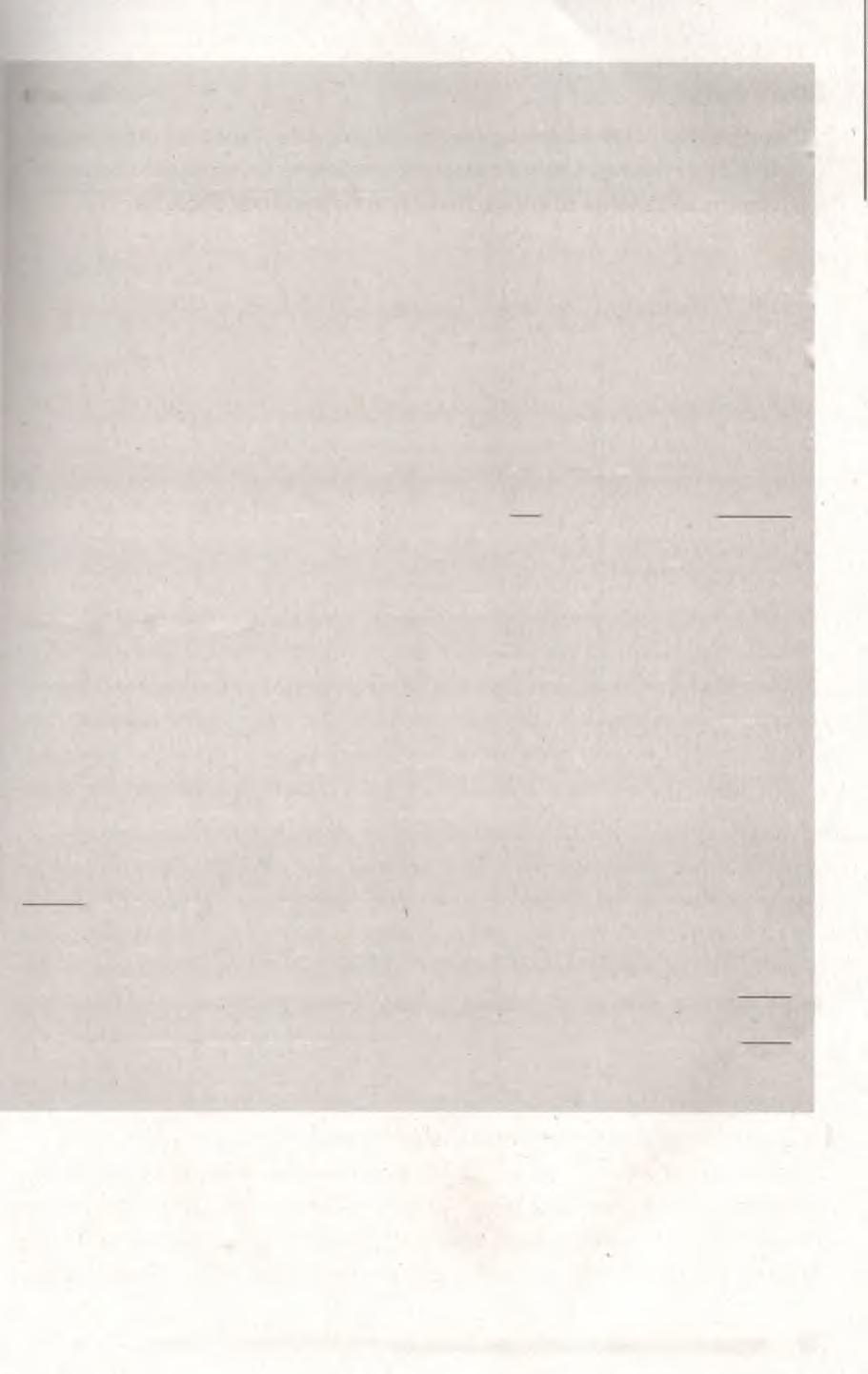
I ' 1
Not all word problems develop problem-solving skills. A good use of the problemsolving strategy involves a realistic problem, ample time for students to think about the problem, and a venue to engage students in mathematical discourse.


bjective
Plan a lesson that allows students to inductively learn a concept
troduction
In our contemporary society, teachers are discouraged to spoon-feed information learners. Instead, teachers are to provide opportunities for students to discover icepts on their own. One way of doing this is through the inductive learning strategy.
The inductive learning strategy, sometimes called discovery learning, is based on principle of induction. Induction means to derive a concept by showing that if it ■ue to some cases, then it is true for all. This is in contrast to deduction where a cept is established by logically proving that it is true based on generally known s. The inductive method in teaching is commonly described as "specific to general," icrete to abstract," or "examples to formula." Whereas the vice versa are used to :ribe the deductive method.
In an inductive learning lesson, teachers design and facilitate activities that guide learners in discovering a rule. Activities may involve comparing and contrasting, iping and labeling, or finding patterns. In mathematics classes, learners engage iductive learning when they observe examples and then, later on, generalize a or formula based on the examples. There are four processes that the students hrough when given an inductive learning activity—(1) observe, (2) hypothesize, ollect evidence, and (4) generalize.

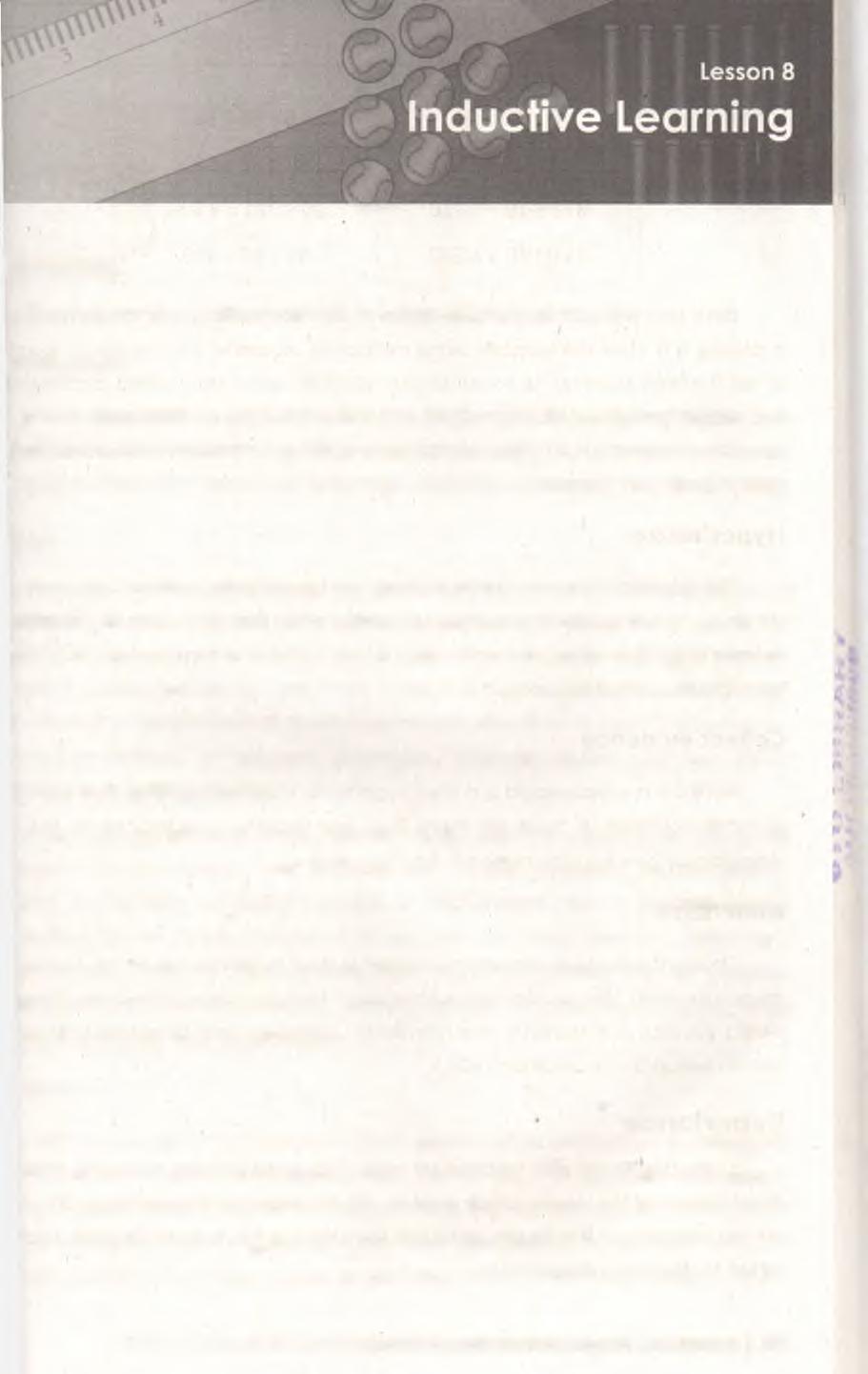
serve
Children love looking for patterns! When given a lot of examples, it is natural for i to look for similarities and assume rules. So, the key is to give them examples to rve. These examples must be well-thought-of so that the students would eventually 5 at a complete rule. For instance, if you want your students to discover the rule in iplying by powers of 10, it is better to use the examples in set B than those in set A.
18 x 10 = 180 18 x 10 = 180
3 2 1 x 1 0 = 3,210 1 0 x 3 2 1 = 3,210
457 x 10 = 4,570 40 x 10 = 400
Both sets will lead students to discover that the technique in multiplying by 10 is placing a 0 after the number being multiplied. However, the variety of examples in Set B allows students to establish that the rule works even when exchanging 10 and the other factor (18 x 10 = 180) and if the other factor ends with a zero, that zero is not neglected (40 x 10). Set B allows students to have a more comprehensive understanding of the rule.
H y p o th e size
The students form rules in their minds as they observe. In this stage, encourage the students to share their thoughts. Assure them that there are no wrong hypotheses. Acknowledge the variety of the students' ideas but also streamline them to, later on, test only the unique hypotheses.

C o lle c t e v id e n ce

Here the students would test their hypothesis. How? By applying their hypothesis to other examples. If there are more than one hypothesis generated by the class, intentionally give a counterexample for them to test.
G en eralize
Finally, the students would now formalize their hypothesis to a rule. Support the students so that they would use mathematical terms in stating their rule. Doing this would develop the students' mathematical vocabulary and therefore their overall mathematical communication skills.
Experience
Study the lesson plan on the next page. Take note that the plan only shows the development of the lesson, which involves the inductive learning strategy; other parts are not included. In this lesson, inductive learning was not used to discover a rule but rather to discover a relationship.
Topic: Multiplication and Division as Inverse Operations
Grade level: 2
Target learning competency:
By the end of the lesson, the students will be able to describe multiplication and division as inverse operations.
Observe
12 -f 2 = ___ 1 5 * 3 = ___ 24 * 6 = ___ 3 6 * 4 = ___
6 x 2 = ___ 5 x 3 = ___ 4 x 6 = ___ 9 x 4 =
Ask the students to fill in the blanks by dividing or multiplying. Then lead them to observe each pair of division and multiplication number sentences.
Give some time for the students to observe the examples. Fast learners may become too excited to share their hypothesis but do not allow them to spill it. The goal is for all students to have the "Aha!" moment.
Hypothesize
Struggling students may not see the pattern right away. Help them by focusing their attention to the quotient and the first factor.

Call some students to explain their hypotheses. After each explanation, ask who has the same hypothesis.
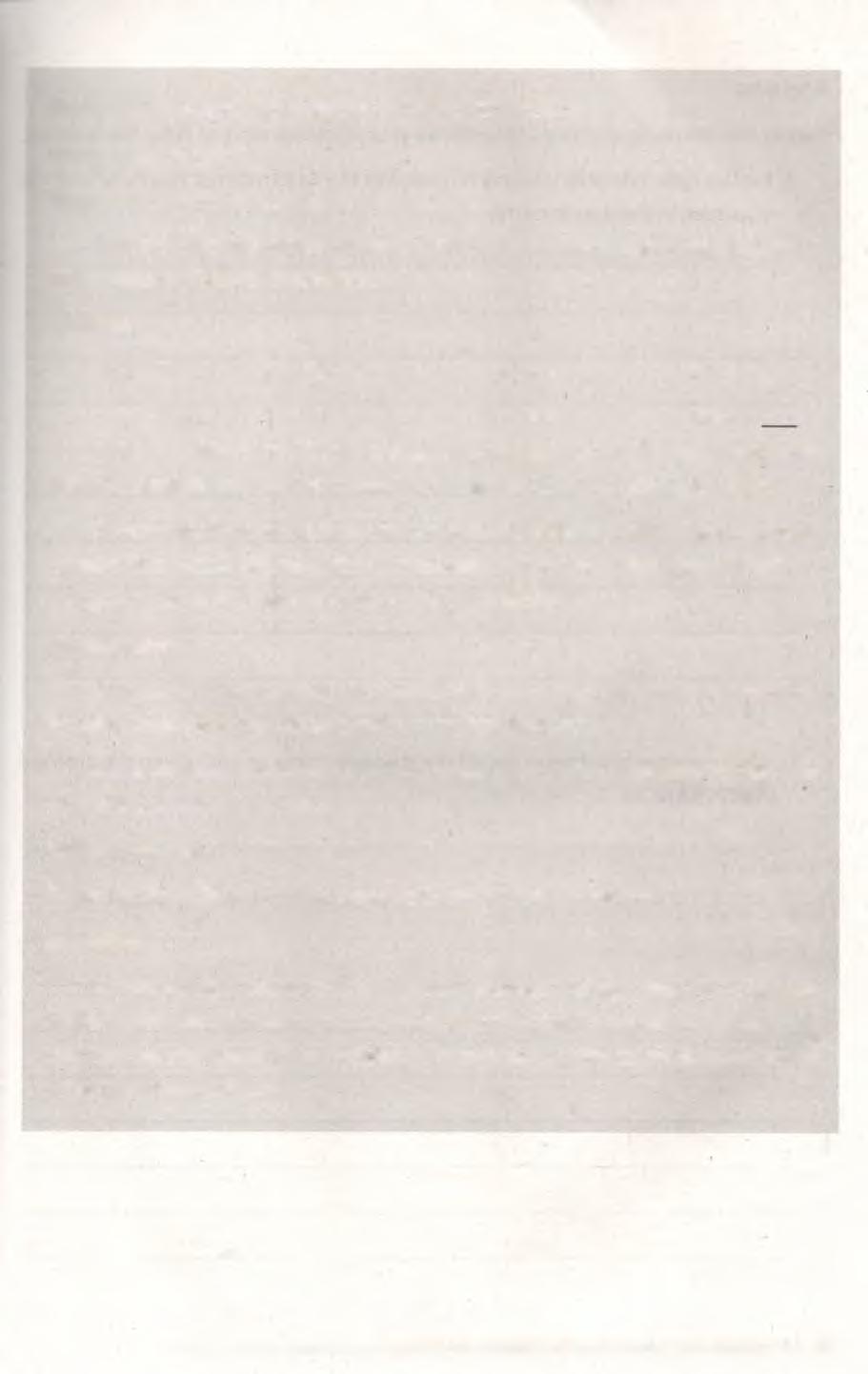
Collect evidence
Apply the hypotheses to each example to see if they always work.
Generalize
Based on the result of the "collect evidence" stage, ask the students which hypothesis is true for all. Then instruct the students to write, using their own words, the rule in their notebook. Have two to three students read aloud what they have written.
Answer the following questions to verbalize your understanding of inductive learnin
1. Explain how inductive learning is related to the constructivist theory of learnir discussed in the previous unit.
2. What possible hypotheses would the students come up with given the probler in EXPERIENCE?

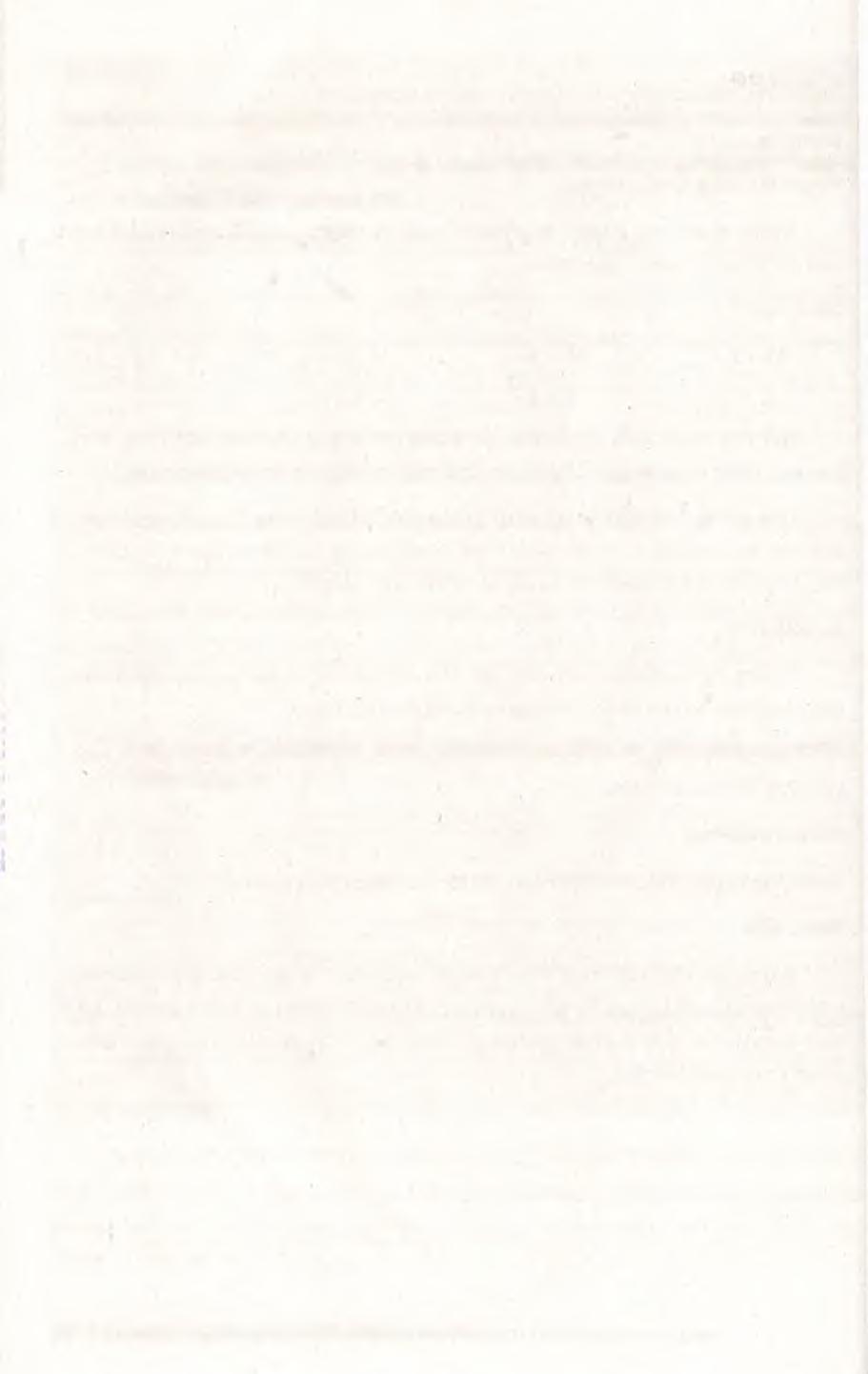
"he following activity will engage you in identifying mathematical concepts that c s r r-e taught using the inductive learning strategy.
1 Browse the DepEd mathematics curriculum for Kinder to Grade 3. Write five mathematical rules that you can teach using the inductive learning strategy.
2. The key to effective inductive learning is well-thought-of examples. Choose one topic from your list in #1 and write examples which you can use in class to allow discovery. What were your considerations in choosing your examples?

